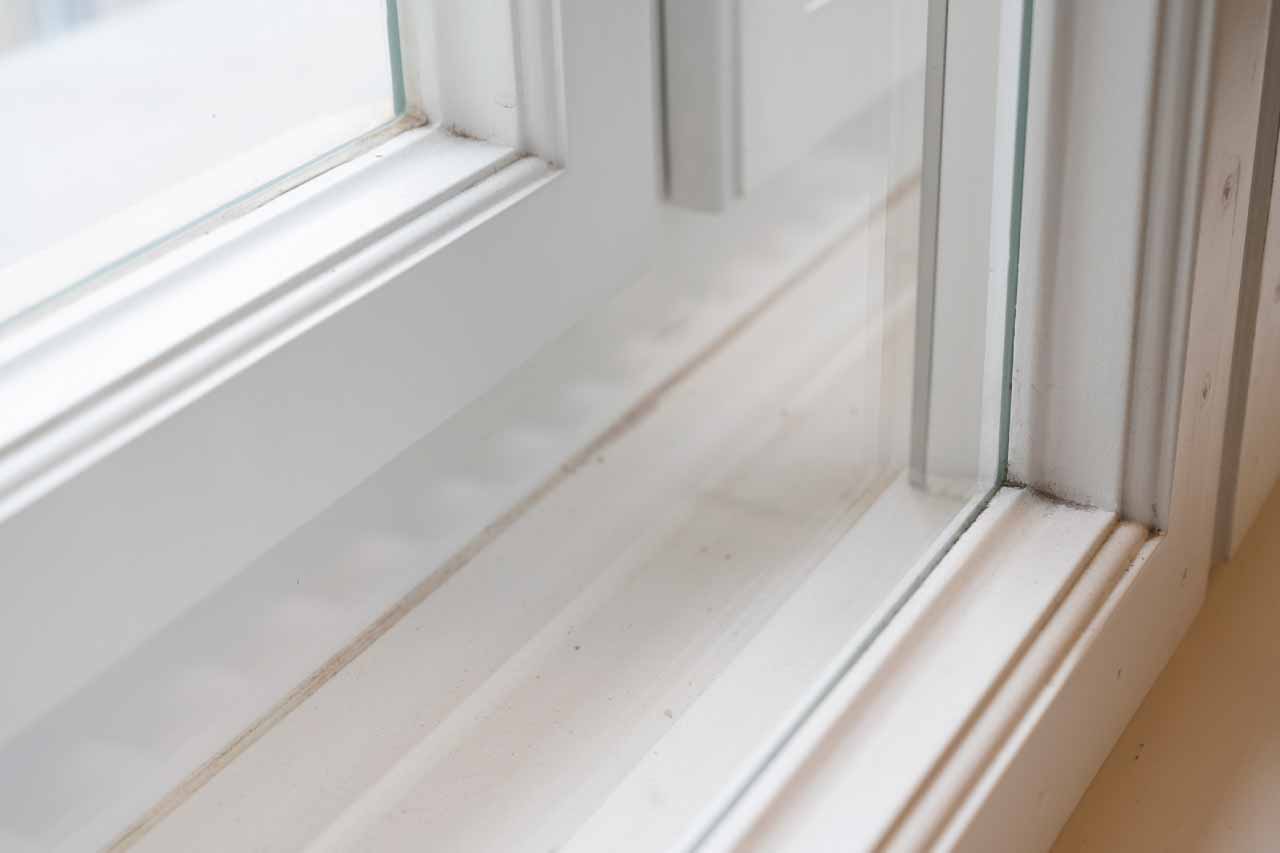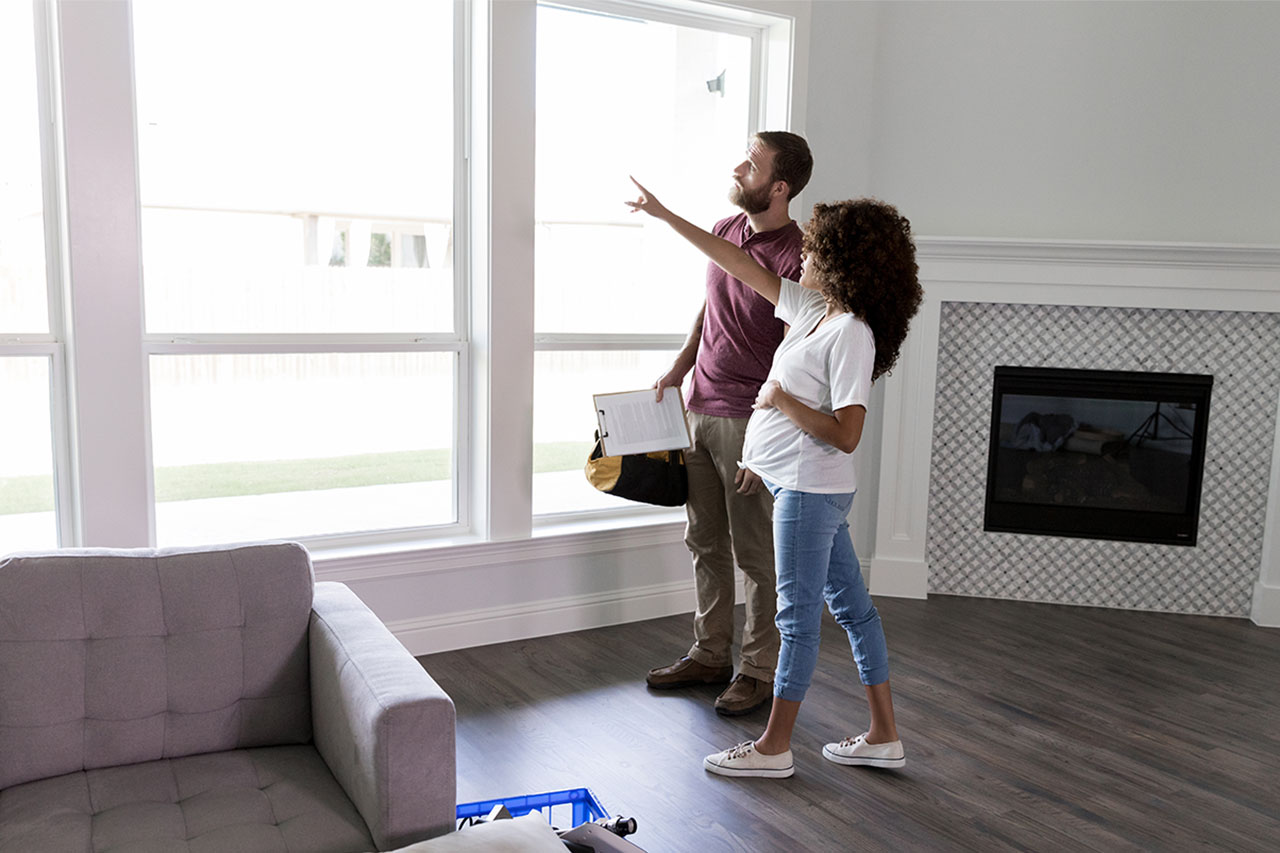
Get matched with top door or window screens installers or repairers in your area
Enter your zip and get matched with up to 3 pros
Matching on HomeAdvisor


Door or window screens installers or repairers in New-York
No results for Door or Window Screens - Install or Repair in
Try adjusting your search criteria.Door or window screens installs or repairs FAQs
Most off-the-shelf screens come in fixed sizes, ranging from 18 inches by 20 inches to 36 inches by 74 inches, which fit the vast majority of residential windows. If your opening falls outside that range or has a unique shape, you’ll need a custom screen built to the exact measurements. Going custom ensures a secure fit, a solid barrier against bugs, and a clean, finished look.
The decision to repair or replace your screen depends on the extent of the damage. Small holes or tears in otherwise solid mesh can be patched, and a sturdy frame usually doesn’t need to go anywhere. However, once the frame is bent or the mesh is brittle and fraying in several spots, replacement becomes a more sensible option—and often proves to be less costly in the long run. Take a close look at both parts before making a decision.
To rescreen a window, start by prying out the old spline, then lift the torn mesh from the frame. Lay the new screen over the frame, allowing about an inch of excess on all sides, and hold it in place while pressing fresh spline into the groove with a roller. Check that the mesh is taut—many pros rest a small brick on it while they work—then trim the overhang with a utility knife.
Most window screens last for 10 to 12 years. Time, sun, and weather gradually make the mesh brittle, so you’ll start to see sagging, rips, or thinning spots that let bugs get through. Check the screens each season; if the mesh crumbles or the frame warps, it’s time to replace them to keep air flowing and pests outside.
Most pros can swap out a screen in 10 minutes to an hour. A quick pop‑in replacement goes fastest, while fitting new mesh into an existing frame or working on a hard‑to‑reach upper window adds time. Either way, plan for at least a few extra minutes per screen so the installer can verify the fit and ensure the spline is seated correctly.





- Birmingham
- Phoenix
- Tucson
- Fresno
- Long Beach
- Los Angeles
- Modesto
- Sacramento
- San Diego
- San Francisco
- San Jose
- Denver
- Hartford
- Washington DC
- Fort Lauderdale
- Jacksonville
- Miami
- Orlando
- Tampa
- Atlanta
- Chicago
- Indianapolis
- Louisville
- New Orleans
- Baltimore
- Boston
- Detroit
- Grand Rapids
- Minneapolis
- Saint Paul
- Kansas City
- Saint Louis
- Las Vegas
- Albany
- New York
- Asheville
- Charlotte
- Greensboro
- Raleigh
- Winston Salem
- Cincinnati
- Cleveland
- Columbus
- Oklahoma City
- Portland
- Harrisburg
- Philadelphia
- Pittsburgh
- Providence
- Memphis
- Nashville
- Austin
- Dallas
- El Paso
- Fort Worth
- Houston
- San Antonio
- Salt Lake City
- Norfolk
- Richmond
- Virginia Beach
- Seattle
- Madison
- Milwaukee



